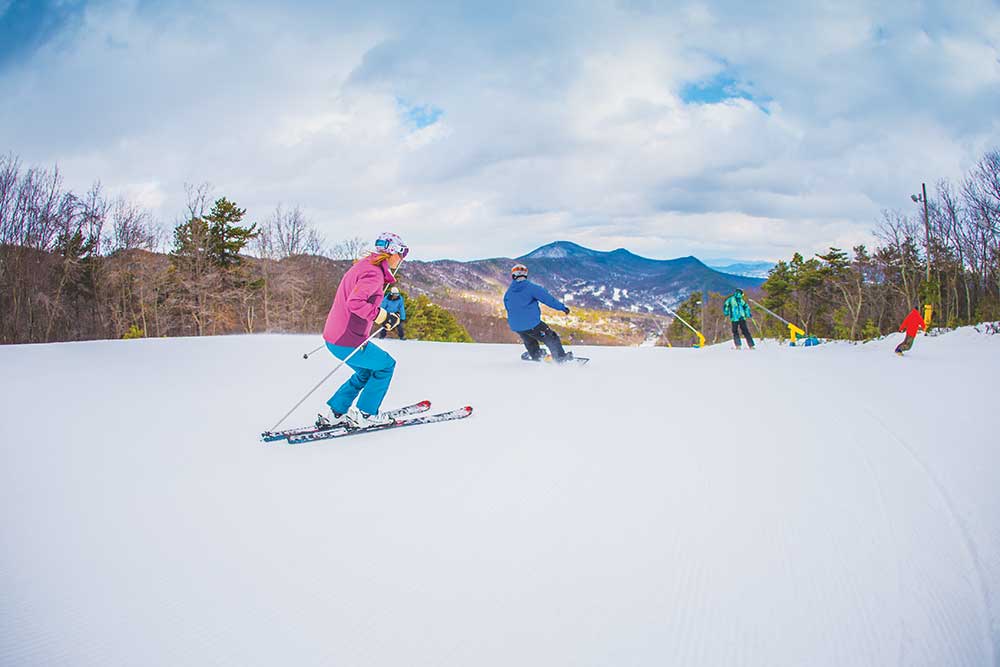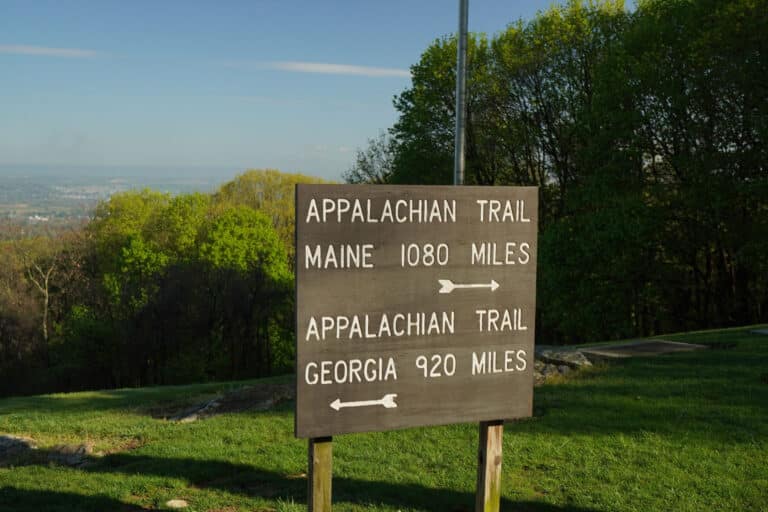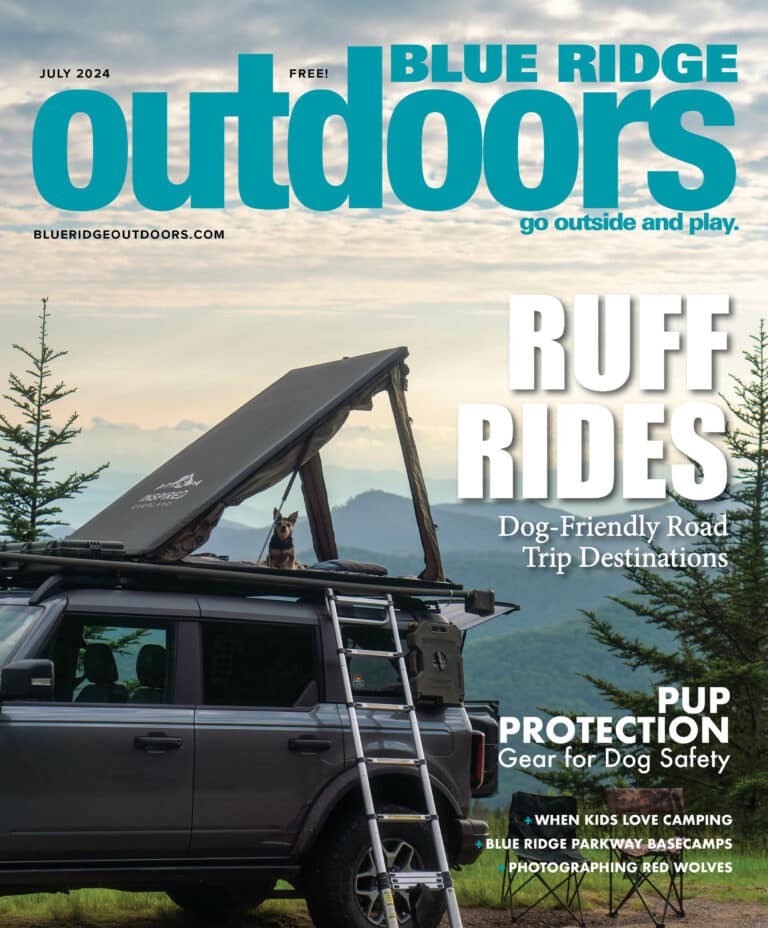Look ahead: Buying passes for the next season before the current winter ends can be a great way to save money on the slopes.
Tips to make skiing and snowboarding affordable for the family
Among the pantheon of recreational outdoor activities, few can be as wallet-shredding as snowsports. And while skiing and snowboarding cost a bundle when you’re flying solo, add kids to the mix and the expenses blossom like a forest fire in a stiff wind. For moms and dads on a budget, visions of highspeed chair lifts and fresh powder are best left alone. Or so went my thinking until about 3 years ago.
Whence came the shift?
My kids—son, presently 14; daughter, 9—griped so relentlessly during winter hikes they turned outings into feats of hellish mental endurance. Similarly, attempts at cold-weather mountain biking disintegrated within sight of trailheads. We evolved an indoor routine of climbing gyms, roller skating, trampoline parks, kids’ museums, and so on. For me—a stress-addled single parent for whom recreation-driven outdoor time is about as important as food and drink—it was torture. My longing for spring turned desperate.
It was then I broke my snowsports boycott—whatever fiscal corner-cutting and penny-pinching was required, they were joining our weekly regimen. And boy am I glad I did it. I discovered that, with a bit of humility, savvy, and planning ahead, winter can be transformed into a family playground that makes the spring thaw feel like a nuisance.
Whether you’re looking to incorporate snowsports into your family time, or maximize bang-for-your-buck, the following strategies will help you and yours hit the slopes without breaking the bank.
Cultivate a Team Mentality
Before we launch into fine details, a word on mindset. Skiing and snowboarding are largely activities that take place at resorts—this isn’t the come-one-come-all ethos of the Appalachian Trail; the financial realities of participation bring a demographic more akin to, say, sailing or yachting. So, when you’re on a budget, cultivating an appreciation centered around gaining access to the activity itself is important. That way, kids won’t get caught up in the latest-and-greatest fashion show of gear they’re sure to encounter on the mountain. Also, they’ll be less likely to bemoan forgoing restaurants for PB&Js in the parking lot.
Bring Your Own Gear
At $50-plus per day, per person, rentals are a budgetary blood-letting. Buying your own boards, skis, and boots reduces slope-related costs to lift tickets alone. But here’s the catch: New gear is crazy expensive. Purchasing used or new-old-stock is the way to go.
For beginners, a locally owned, off-mountain shop that sells secondhand gear is a great starting point. There, you’ll find quality, slope-ready items and get hands-on treatment and fitting advice. Asking lots of questions will help beat the learning curve. In the future, you can always parlay the knowledge to get cheaper prices buying direct from sellers at online auction sites like eBay. Going that route, search YouTube for makes and models and look for old reviews (Matt Guff’s snowboard vids, for instance, are stellar).
How to Shop for Clothes and Accessories
When kids are young and growing fast, finding quality used threads is a cinch. I have friends who buy new and shed items like snow pants, gloves, and jackets yearly. Others hit the mountain once or twice, hang snow clothes in a closet, then rediscover and sell them a few years later. Either way, you can capitalize and save big.
Another option is online outlets and end-of-season sales. It’s no secret that retailers chop prices toward the spring—sometimes as much as 80 percent. Last year, I outfitted my kids in new, high-quality pants, jackets, hats, and gloves for about $125 each. A word to the wise, though: When ordering online, be mindful of sizing charts; many outfitters charge shipping for returns.
Ski Like a Local
My family’s primary goal is maximizing slope hours. As opposed to blowing the bankroll carving world-class powder in Colorado for a few days, we invest in season passes and make the best of what’s nearby. Proximity and abundant night-skiing options make Massanutten Resort ideal. Located 45 minutes from our home in Staunton, Virginia, I can scoop up the kids from school and take a first run by 4 p.m. One hundred percent lighted terrain lets us catch evening workouts on black diamonds and play in the terrain park a few times a week.
We add variety through locals-only specials at other regional resorts. For example, at nearby Wintergreen Resort, Thursday afternoons bring cheap lift-tickets (at Massanutten, it’s Mondays). Second, we check with our local rec department for discounts. Last year, we nabbed two days at Snowshoe Mountain Resort in West Virginia for more than half off.
Buy Season Passes Early and Take Advantage of Benefits
Yes, they’re expensive. At Massanutten, regularly priced passes will set you back $475 each. (Ouch!) But like most resorts, they offer heavy discounts if you buy the year before—and families of four can sometimes access further savings buying as a unit. One of the best deals is Snowshoe’s Ridiculous Pass. Adult passes that cost $559 in October sold for around $250 last February.
Because we ski so much and so often, the math is a no brainer. Visit the mountain 25 times and costs are slashed to just $10 per person, per adventure.
Passes bring added value too. Typically, you’ll get discounts for dining and lodging (at Massanutten, the rate is 10 percent). And some, like Wintergreen, provide a handful of free lift-tickets at affiliate resorts throughout the U.S.
Eat Smart
The cost of meals at resort restaurants can be outrageous. Manage food expenses by packing a cooler and eating in the car. Also, bring an insulated hydration pack and fill the interior pockets with snacks (otherwise they’ll freeze). Munching and sipping on lifts will help you evade storefronts and curb kiddie cravings—as skiing past slope-side waffle stands with a grumbly tummy is torturous. Similarly, plan to use public restroom facilities away from restaurants.
Of course, things don’t always go as planned. If you wind up dining on the mountain, be smart about it. Scope out eatery options beforehand and look for menu items that offer large, shareable portions. While a slice of cheese pizza may cost $8.50 in the ski village, elsewhere, the same price may yield two tacos stuffed with veggies and pork, and a filling side of pinto beans.








